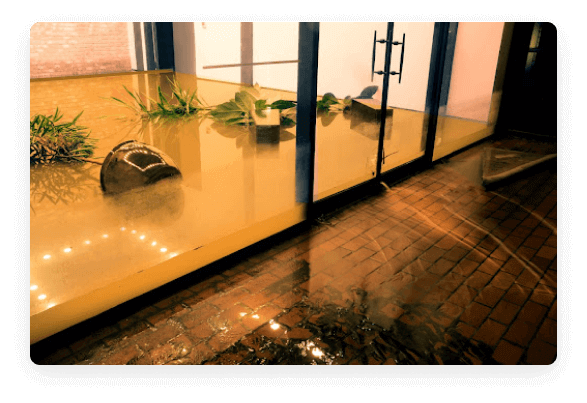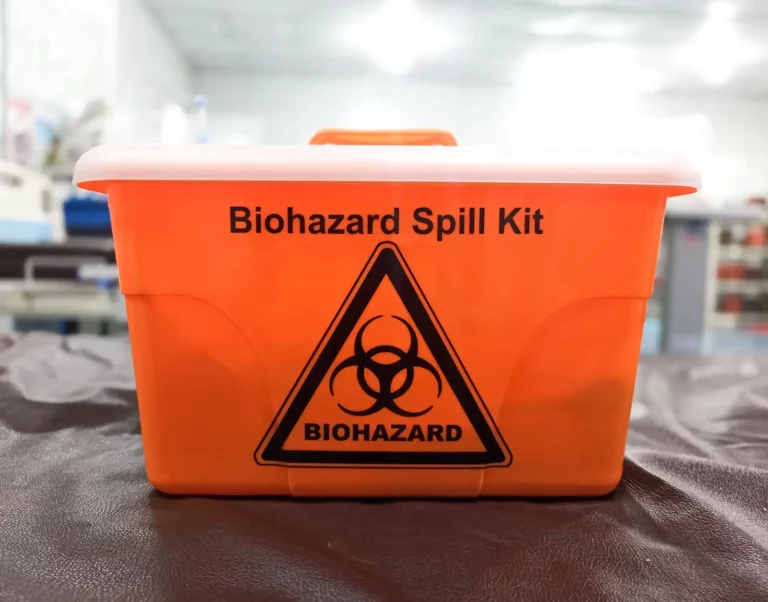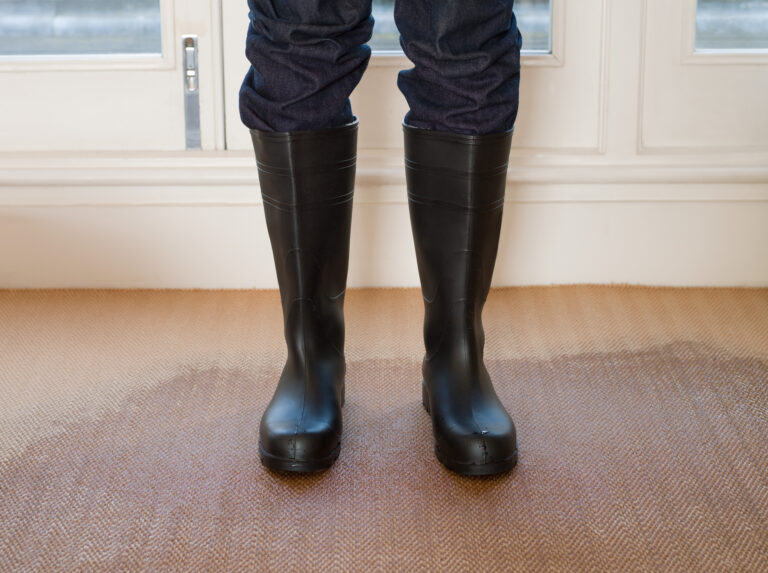RESTATE Property Restoration understands how devastating it is to see your home and cherished belongings submerged in floodwater. That’s why we’ve put together essential information to help you stay safe and recover as much of your property as possible after a flood.
Flood Risks to You and Your Home
Property Damage
Lingering floodwater can be difficult to detect and fully remove, leading to long-term damage to your home’s foundations, joists, and underfloor areas. Direct water damage may result in:
- Displacement of building materials such as sand and gravel
- Rotting and weakening of structural elements
- Damaged plasterboard and carpets
- Swelling and warping of materials like wood, which may cause the foundation to rust and buckle if left untreated
- Burst pipes that contribute to or worsen existing holes beneath the house and waterlog materials
- Cracks and damage to brickwork
- Short-circuiting and internal damage to electrical, wiring, and heating systems
Health Risks
Apart from immediate dangers, floodwater can cause severe health risks if it lingers in your home’s infrastructure or piping.
Floods consisting of black or grey water—from rivers or sewage—often contain dangerous contaminants like animal and human faeces, oils, and industrial chemicals. If this contaminated water enters your home’s water system and is consumed, it may seriously harm vulnerable individuals such as the elderly, children, pregnant women, and those with weakened immune systems.
Since bacteria and toxic substances in floodwater are often invisible, it is safer to assume the water is contaminated and could spread airborne diseases.
Mould and Mildew
Both affected and unaffected areas of your house are at risk of developing mould and mildew. In areas directly impacted by floodwater, water-saturated materials and damp air can create the perfect conditions for mould and mildew to grow within just 48 hours.
Unaffected areas can also be indirectly impacted by the spread of mould due to poor ventilation or damage from affected areas.
Proactive measures against mould and mildew after a flood are essential. Left untreated, mould can cause significant health problems, especially for those with respiratory issues such as asthma.
What To Do After a Flood
1. Prioritise Safety
While it’s tempting to start the cleanup immediately, your safety and the safety of others is the priority. Turn off electrical and gas supplies to minimise risks.
If there is water around the electrical unit, do not attempt to access it. Instead, call an electrician immediately. Similarly, if you smell gas, leave the house and contact your gas company right away.
2. Wear Appropriate Clothing and Gear
Before starting the cleanup, ensure you have the proper safety gear:
- A ventilated mask (like an N95)
- Rubber boots to protect against electric shocks when working in floodwater
- Safety goggles
- Long-sleeved clothing and gloves to prevent skin contact with mould and bacteria
If you or any occupants have respiratory conditions, consult a doctor for safety measures before beginning the cleanup to avoid serious health risks.
3. Remove Water
Once it’s safe to proceed, remove the water as quickly as possible. Use buckets and containers to carry out large volumes of water. For residual water, use a mop or wet/dry vacuum. Be vigilant in removing wet mud and debris before it hardens.
Inspect for wet wallpaper, insulation, plasterboard, and panelling—they may need to be removed to ensure the house is completely dry.
4. Contact Your Insurance Provider
Check your insurance policy to see if you are covered for flooding. Contact your insurer immediately and document the damage with photos and videos before and after removing the water.
5. Clean Up and Dispose of Items Properly
Unfortunately, some items may not be salvageable. As a general rule, if an item cannot be sanitised (like books) and has been in floodwater for over 48 hours, it must be discarded. Floodwater can carry harmful contaminants, and items left in it become ideal environments for mould growth.
When disposing of items like rugs, pillows, and cushions, place them in sealed plastic bags rather than leaving them out. This prevents cross-contamination. For carpeted areas, professional cleaning and drying are necessary to remove contaminated water.
6. Hire Reputable Contractors for Restoration
Hiring reputable contractors is crucial to ensuring the structural integrity and safety of your home post-flood. They can accurately assess the damage and recommend preventative measures to minimise future flood damage.
Why Hire RESTATE Property Restoration?
At RESTATE Property Restoration, we prioritise your safety and the structural integrity of your home. Our flood restoration services will return your home to its pre-flood condition. We offer 24/7 emergency services, quickly dry carpets, repair water damage, and prevent mould growth. Call us today at 0800 332 664 for a rapid response.



